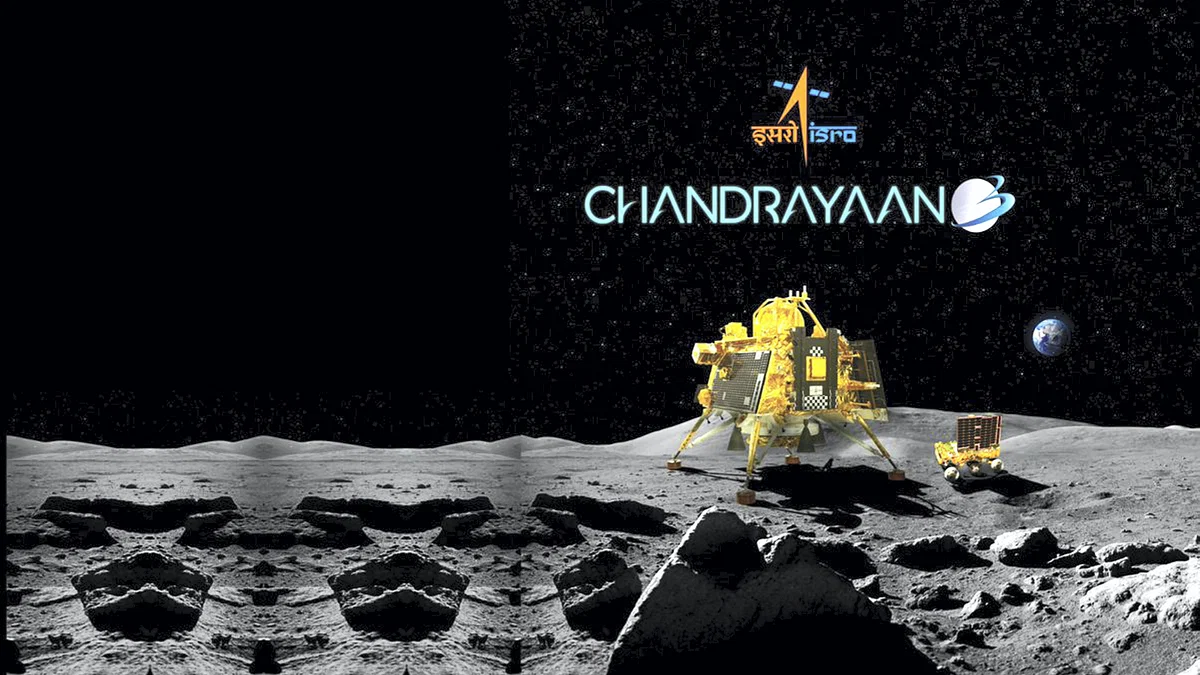In recent weeks, a celestial competition took place, as both India and Russia raced to be the first nation to achieve a lunar landing in the moon’s southern polar region. On the 14th of July, India’s spacecraft, Chandrayaan-3, took off from the Satish Dhawan Space Center, carrying a lander weighing 1,726 kg, housing a 26 kg rover. Following this, Russia launched its Luna 25 lander, weighing 1,750 kg, on the 9th of August from the Vostochny Cosmodrome.
Eventually, on August 23rd, India emerged as the victor, with Chandrayaan-3 gently touching down in the polar terrain at 8:34 AM ET. S. Somanath, the head of ISRO, exclaimed, “We have achieved a soft landing on the moon,” celebrating the successful endeavor. Prime Minister Narendra Modi echoed this sentiment, stating, “This success belongs to all of humanity. And it will help moon missions by other countries in the future.”
The fact that India and Russia were in a competitive race despite India’s 26-day lead was due to ISRO’s strategy of taking a leisurely five-week trajectory, maneuvering through multiple orbits around Earth before reaching lunar proximity. In contrast, Russia’s Luna 25 embarked on a quicker trajectory, aimed at reaching the moon in under two weeks, with both planned for landing around August 23rd.

However, a twist occurred. Luna 25 entered lunar orbit on August 16th but crashed into the lunar surface on August 20th after an engine firing mishap. Roscosmos, the Russian space agency, conveyed that the spacecraft deviated from its intended path, leading to a collision with the moon’s surface.
Modi’s claim of a historic landing was substantiated. While the U.S., China, and the former Soviet Union had previously achieved soft lunar landings, none had reached the moon’s south pole. This location presents unique challenges due to its rugged and boulder-strewn terrain. ISRO’s achievement of navigating Chandrayaan-3 through hover mode at 850 meters above the surface, searching for a suitable spot, attested to both the spacecraft’s agility and the expertise of mission control engineers.
Despite the difficulties, the moon’s south pole remains a crucial target for space agencies and private companies. The area is believed to contain water ice and potentially frozen lakes in permanently shadowed craters. India’s Chandrayaan-1, launched in 2008, confirmed these theories, detecting icy regolith through onboard instruments and verifying water’s presence with an impactor probe.
The significance of these findings resonates with future lunar exploration plans. Water ice can be used for drinking water, oxygen production, and rocket fuel. NASA’s Artemis program aims to land astronauts in the south pole region in the coming years for such purposes, with China pursuing a similar goal by 2030.
However, the focus now shifts to Chandrayaan-3’s mission. Equipped with various instruments and a small rover, it will explore and study the moon’s surface. This research is a step toward understanding the region that may eventually become a home for human explorers.
The space race between India and Russia concluded with India’s successful landing in the moon’s south polar region.
While Luna 25 encountered difficulties and crashed, Chandrayaan-3 achieved a remarkable feat by touching down in a challenging area. The implications of this achievement for future lunar exploration and potential human settlement are significant, as scientists uncover the moon’s resources and prepare for further missions.
